 |
| Researcher Tran Dinh Son with ancient jade items in his collection of antiques |
Exquisite and surprisingly perfect
The exhibition took place right at the Nguyen Dynasty Porcelain Museum - the first private museum in Hue established exactly 10 years ago, located at the private residence at 114 Mai Thuc Loan, Hue City. It seemed to guide people to find the message of time imprinted on the items of the ancients.
Entering the museum, which is also a traditional Hue-style house, visitors will immediately be attracted by more than 70 ancient jade artifacts that the owner has arranged scientifically and luxuriously in groups, such as serving rituals, worshiping, water pond groups, household groups...
There, items such as jade pendants, inkstones, incense burners, cups, bowls, plates, boxes, jars, seals, vases, pen holders, hairpins, hair buns with hairpins, statues of Avalokiteshvara, statues of the Goddess of Fortune, statues of the Master holding a stick, statues of Arhat Hang Long, statues of fairies, statues of dragons... with different sizes and ages are not only beautiful but also have stories behind each object.
Most of these items are made from green jade, white jade, green-white jade or Shoushan stone (China). Many of them are carved with extremely sophisticated and surprisingly perfect reliefs to symbolize wealth and power. Not only rare in material and beauty, jade is also revered for its values, good meanings, eternity, mystery and blessings.
According to researcher Tran Dinh Son, most of these artifacts were crafted during the Nguyen Dynasty, Nguyen Lords and the end of the Le Dynasty with the purpose of serving the life of kings, used in ceremonies, rewarding royal descendants or mandarins, jewelry for kings, mandarins, concubines... Depending on the item, some items when worn show the authority of the owner, wherever they go people will know that they are Imperial Commissioners, Deputy Ministers, or princes, princesses...
“A precious, comprehensive collection”
Mr. Son said that the history of Vietnam since ancient times shows that the people of the North knew how to make precious stones for jewelry. From the Le Dynasty onwards, it gradually became more abundant, until the 17th - 18th centuries, many ancient jade artifacts were found, especially during the period of the Le Dynasty, the Trinh Lords and the Nguyen Lords in Dang Trong.
During the Nguyen Dynasty, jade appeared more frequently in ceremonies. After the Nguyen Dynasty ended, the most precious treasure of antiques in the Imperial City was moved to the North. However, according to Mr. Son, in addition to the royal family, there are many palaces in Hue, where many jade items given by the king and preserved and passed down by the owners are still preserved. For various reasons, they later sold them to make a living. At that time, antiques in general and jade antiques in particular appeared quite a lot in Tay Loc flea market or at the beginning of Truong Tien bridge at dirt cheap prices.
“Many knowledgeable people have bought those items and then made them into large collections,” Mr. Son explained, saying that his collection of ancient jade was partly inherited from his family, because his family was a mandarin of the Nguyen Dynasty, and the rest was painstakingly collected by him over nearly 50 years of pursuing his passion and researching antiques. Among them are many rare antiques left to Mr. Son by Mr. Vuong Hong Sen.
For many culture lovers, this exhibition is special because of the appearance of a large number of ancient jade. There have been many exhibitions of antiques, but unique jade items, collected in a systematic and professional manner like this one, are very rare. "Each piece of jade is not only beautiful in its creation and value, but also has stories behind it, associated with it. Everything seems to connect the past with the present," said Nguyen Huy, a young person after visiting the exhibition space.
Admiring the collection of ancient jade, researcher Nguyen Xuan Hoa, former Director of the Department of Culture and Information, was also overwhelmed not only by its massiveness but also by its rarity. According to Mr. Hoa, the exhibition brought to viewers, especially antique collectors, not only surprises but also interesting things because even in the Hue Royal Antiquities Museum, there are not many.
“I was surprised by Mr. Son’s jade collection being introduced to the public for the first time. It includes statues of traditional Vietnamese religion and royal antiques from royal utensils. I think this is a valuable and comprehensive collection,” said Mr. Hoa.
Source


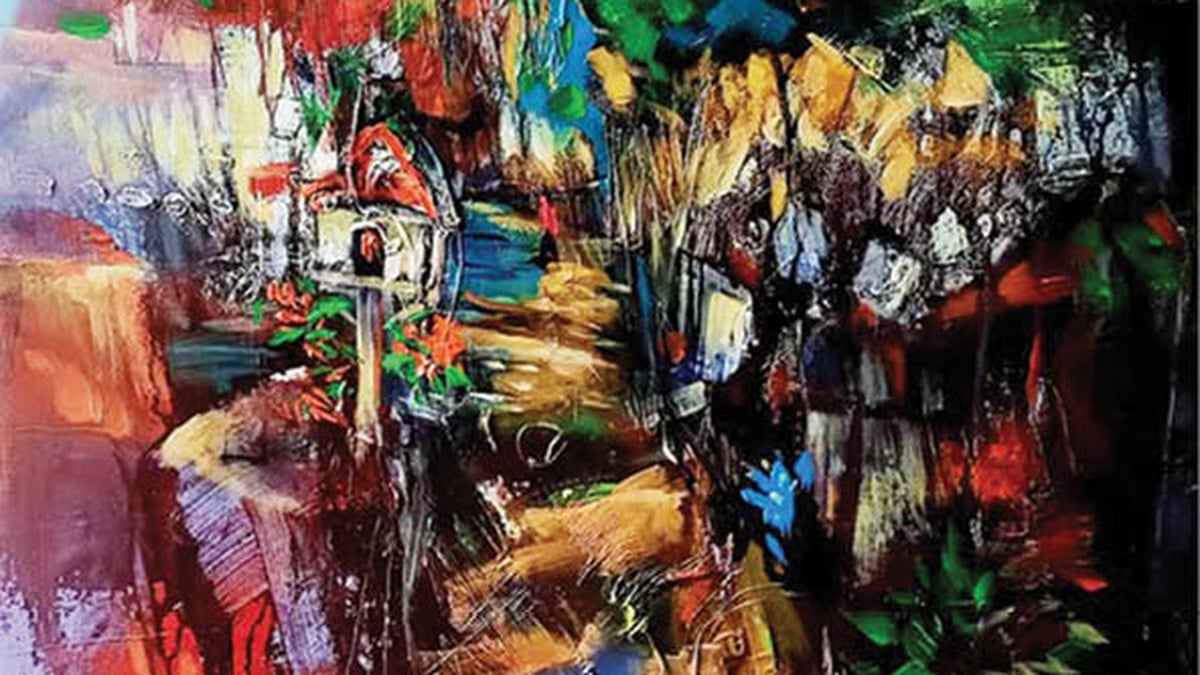

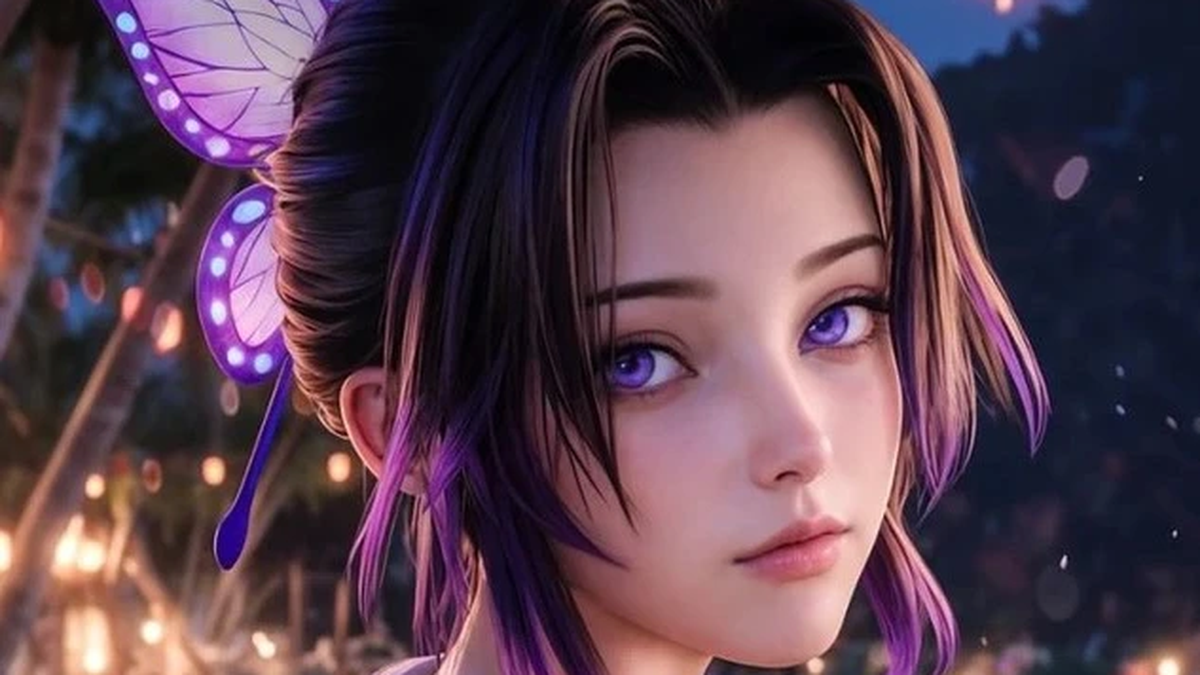


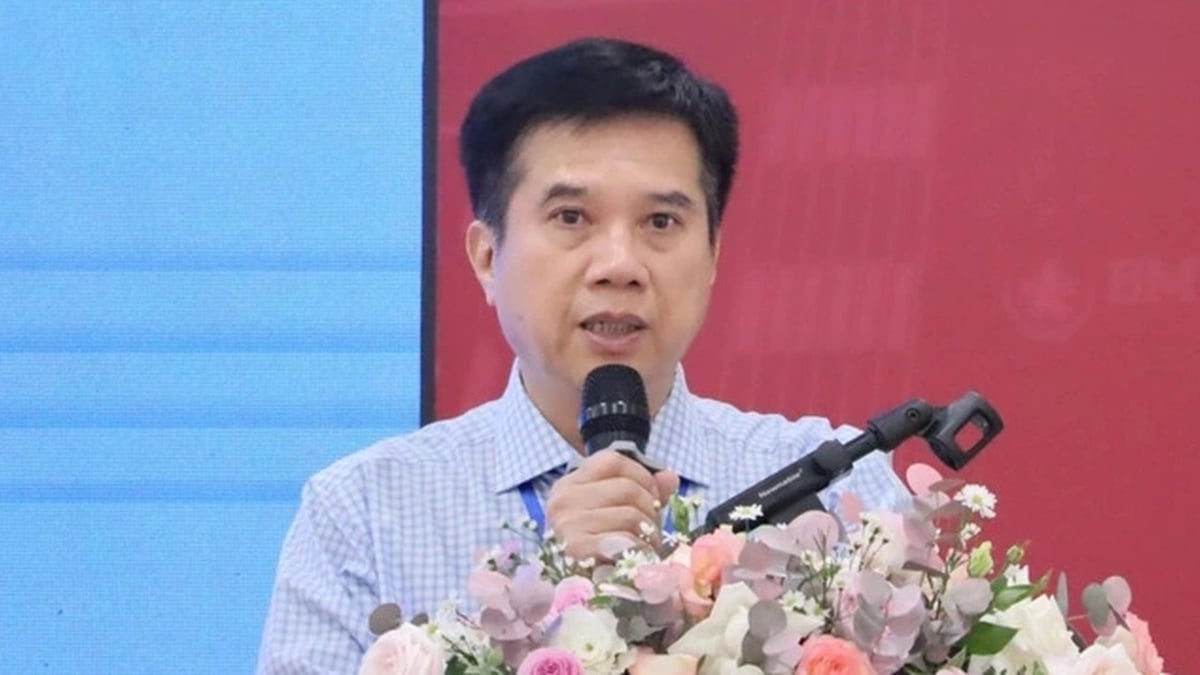



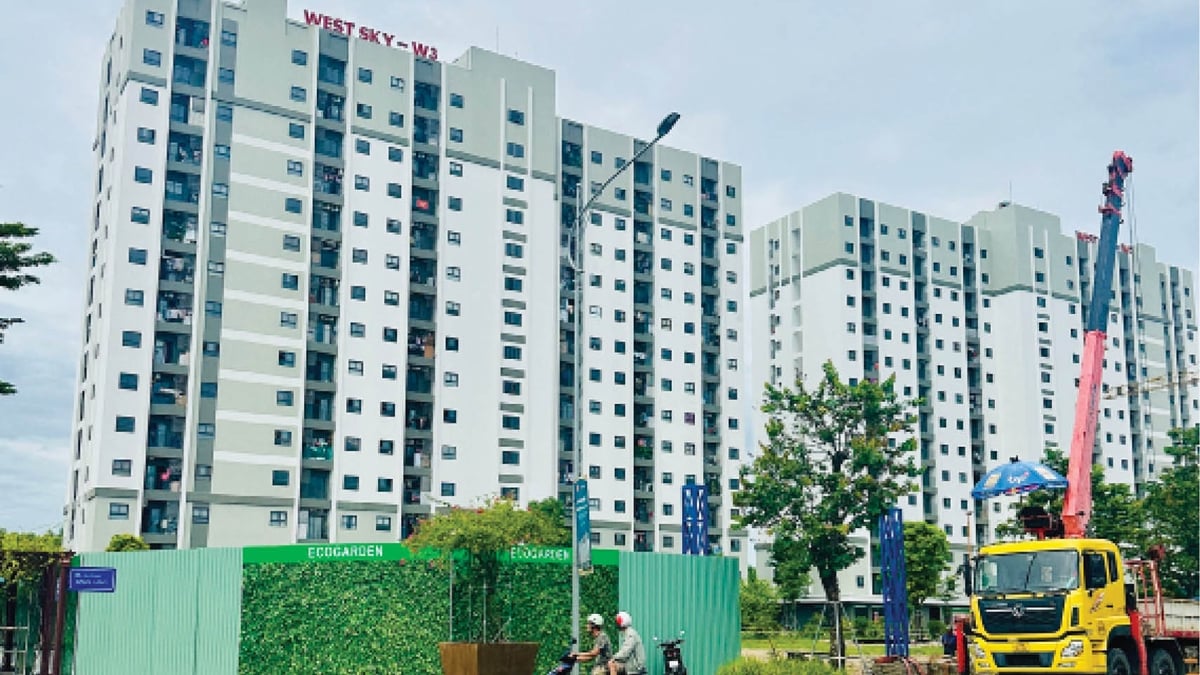




















































































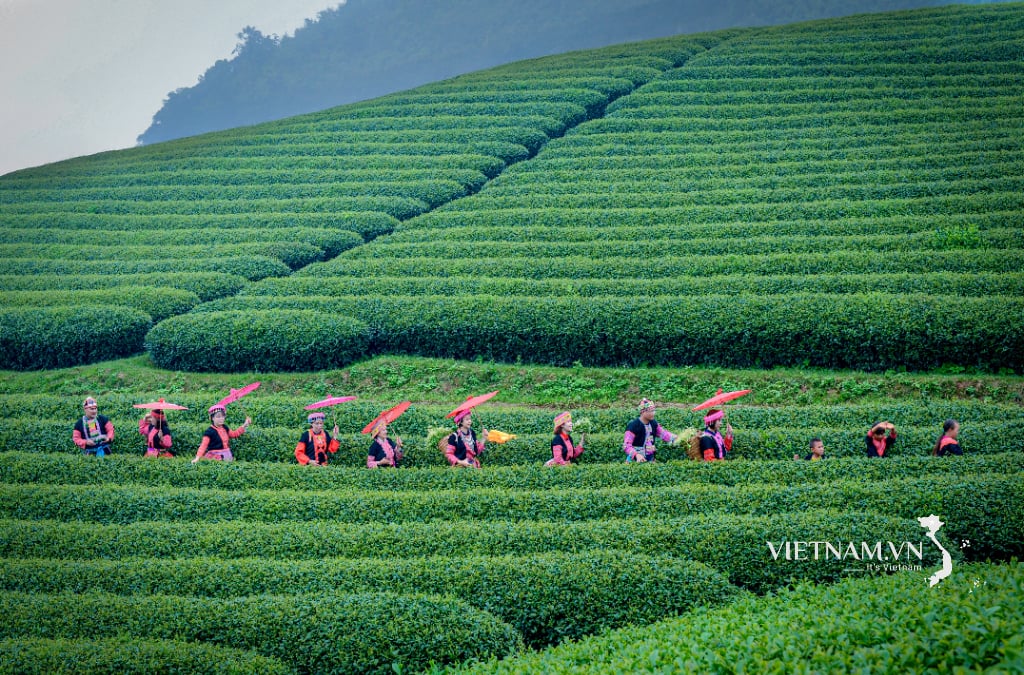

Comment (0)